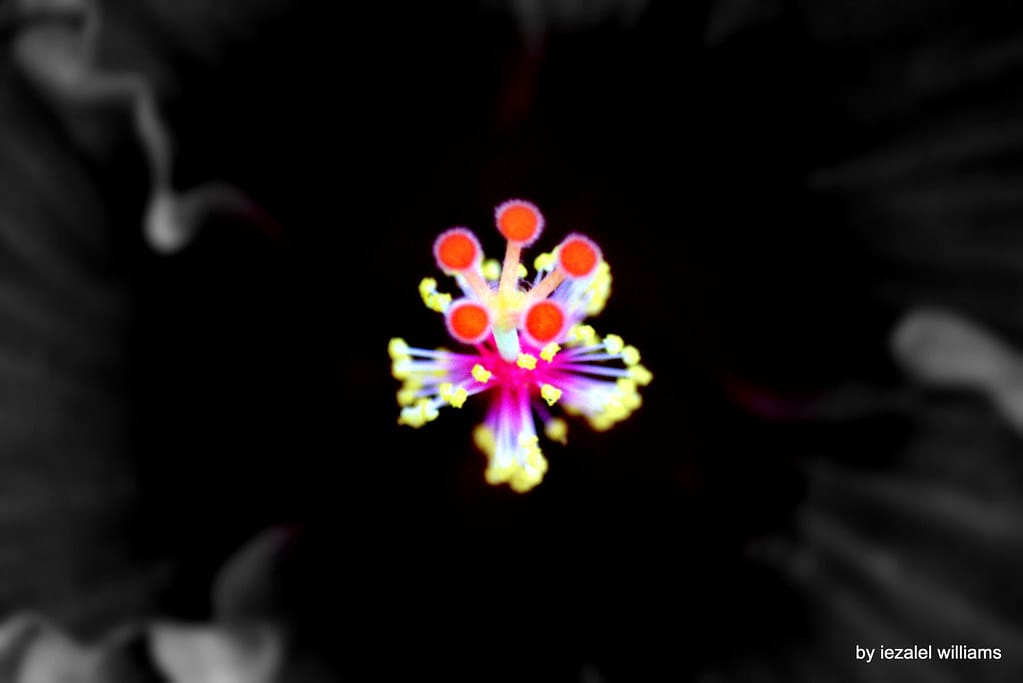Scientists Unveil Universe's Largest Supernova Catalog, Revealing Dark Energy May Be Losing Its Grip
The mysterious force driving our universe's expansion may be weakening over time, according to groundbreaking findings from the largest supernova catalog ever assembled. This discovery could fundamentally reshape our understanding of cosmic evolution and challenge one of physics' most perplexing enigmas.
A Cosmic Census of Epic Proportions
The Dark Energy Survey (DES), a massive international collaboration, has released its final supernova catalog containing detailed observations of over 1,500 Type Ia supernovae—stellar explosions so consistent they serve as "standard candles" for measuring cosmic distances. This treasure trove of data, collected over six years using the Victor M. Blanco Telescope in Chile, represents the most comprehensive survey of its kind ever undertaken.
These cosmic lighthouses have illuminated distances spanning nearly 7 billion years of cosmic history, allowing scientists to trace how the universe's expansion has changed over time with unprecedented precision.
The Dark Energy Dilemma
Dark energy, first discovered in 1998, comprises roughly 70% of the universe yet remains one of science's greatest mysteries. Initially thought to be a constant force—Einstein's famous cosmological constant—new evidence suggests this cosmic accelerator may be variable.
"What we're seeing is that dark energy might not be the simple, unchanging force we once thought," explains Dr. Tamara Davis, a cosmologist involved in the research. "The data hints that dark energy's influence may have been stronger in the past and is now diminishing."
This finding aligns with recent observations from other major surveys, including the Dark Energy Spectroscopic Instrument (DESI), which earlier this year reported similar hints of evolving dark energy.
Beyond Einstein's Vision
The implications extend far beyond academic curiosity. If confirmed, these findings would require physicists to abandon Einstein's cosmological constant in favor of more dynamic models of dark energy. Leading candidates include "quintessence"—a field that changes over time—or modifications to our fundamental understanding of gravity itself.
The new supernova data shows the equation of state parameter (w), which describes dark energy's behavior, may be closer to -0.80 rather than the -1.00 predicted by Einstein's model. While this might seem like a small difference, in cosmology, such deviations can signal revolutionary changes in our understanding of reality.
Measuring the Unmeasurable
The achievement required extraordinary precision. Type Ia supernovae occur when white dwarf stars accumulate matter from companion stars until they reach a critical mass and explode with consistent brightness. By comparing their apparent brightness to their known intrinsic luminosity, astronomers can calculate precise distances across cosmic time.
The DES team analyzed light curves from these stellar explosions, tracking how their brightness changed over weeks and months. Advanced machine learning algorithms helped identify and classify each supernova, while sophisticated statistical methods accounted for various sources of uncertainty and bias.
Converging Evidence
The supernova findings don't exist in isolation. Multiple independent observations are painting a consistent picture of evolving dark energy:
- Cosmic Microwave Background: Subtle patterns in the universe's afterglow suggest early dark energy variations
- Galaxy Clustering: The distribution of galaxies across space and time shows signatures of changing expansion rates
- Gravitational Lensing: How gravity bends light reveals how cosmic structure has evolved differently than constant dark energy would predict
This convergence from disparate measurement techniques strengthens confidence in the results, though scientists emphasize the need for continued investigation.
What This Means for Our Cosmic Future
If dark energy is indeed weakening, the universe's ultimate fate could be dramatically different from current predictions. Rather than accelerating expansion leading to a cold, empty "heat death," a diminishing dark energy might eventually allow gravity to regain dominance, potentially leading to scenarios like the "Big Crunch"—a reversal of the Big Bang.
However, researchers caution that such cosmic reckonings remain billions of years in the future, and much more data is needed to confirm these preliminary findings.
The Road Ahead
The next generation of surveys, including the upcoming Vera Rubin Observatory's Legacy Survey of Space and Time (LSST), will observe millions of supernovae and provide the statistical power needed to definitively determine dark energy's nature. These observations will either confirm the hints of evolution or reveal new complexities in our cosmic understanding.
As we stand on the brink of potentially rewriting cosmology's fundamental assumptions, one thing remains certain: the universe continues to surprise us, revealing that even our most mysterious cosmic forces may be more dynamic and fascinating than we ever imagined.
